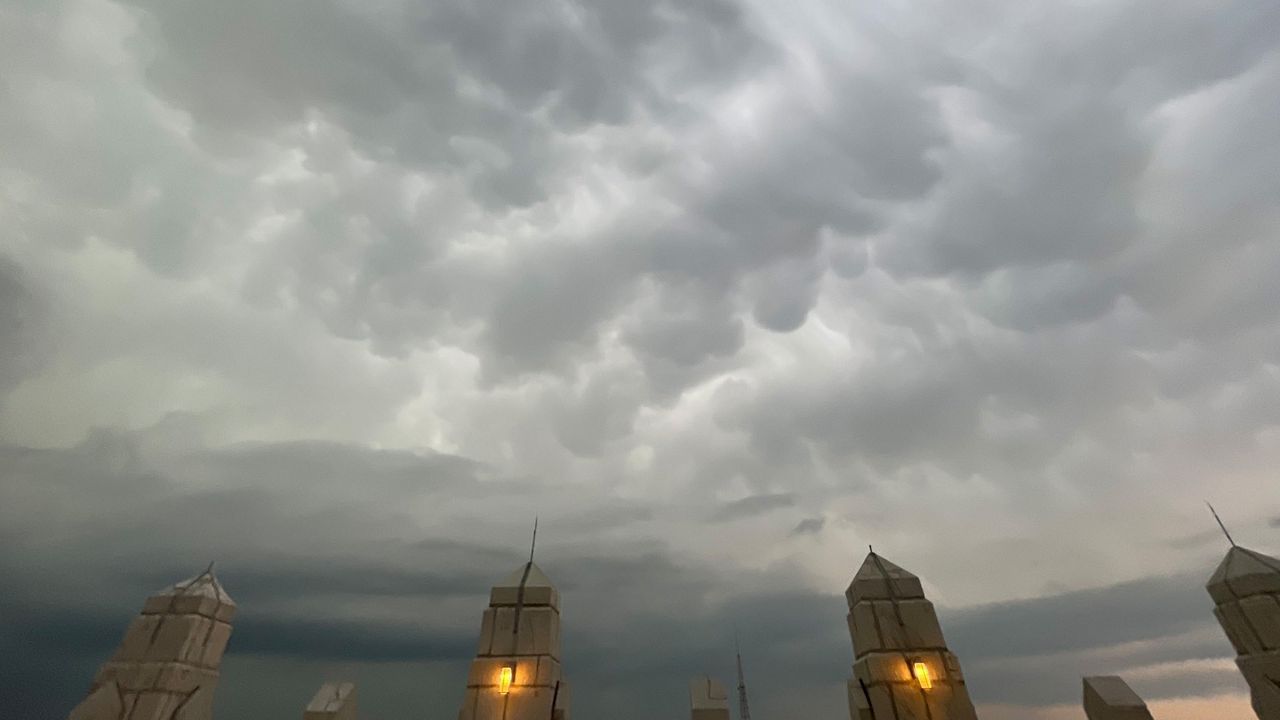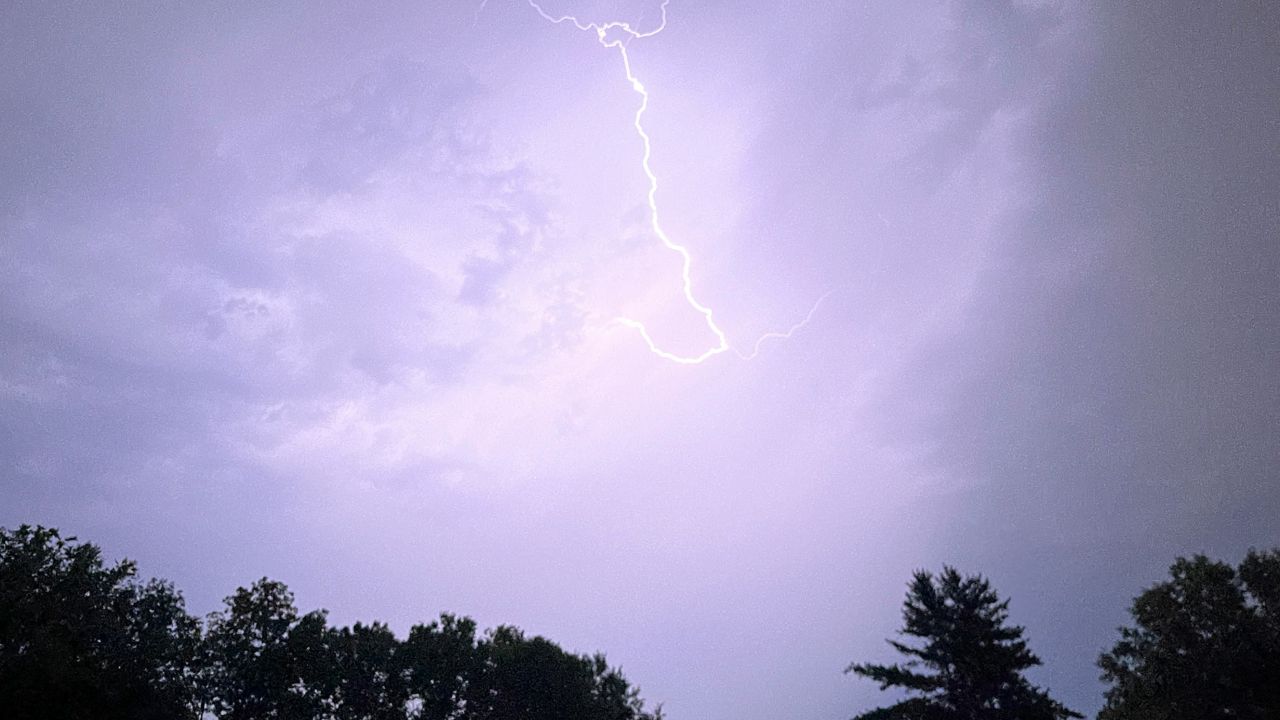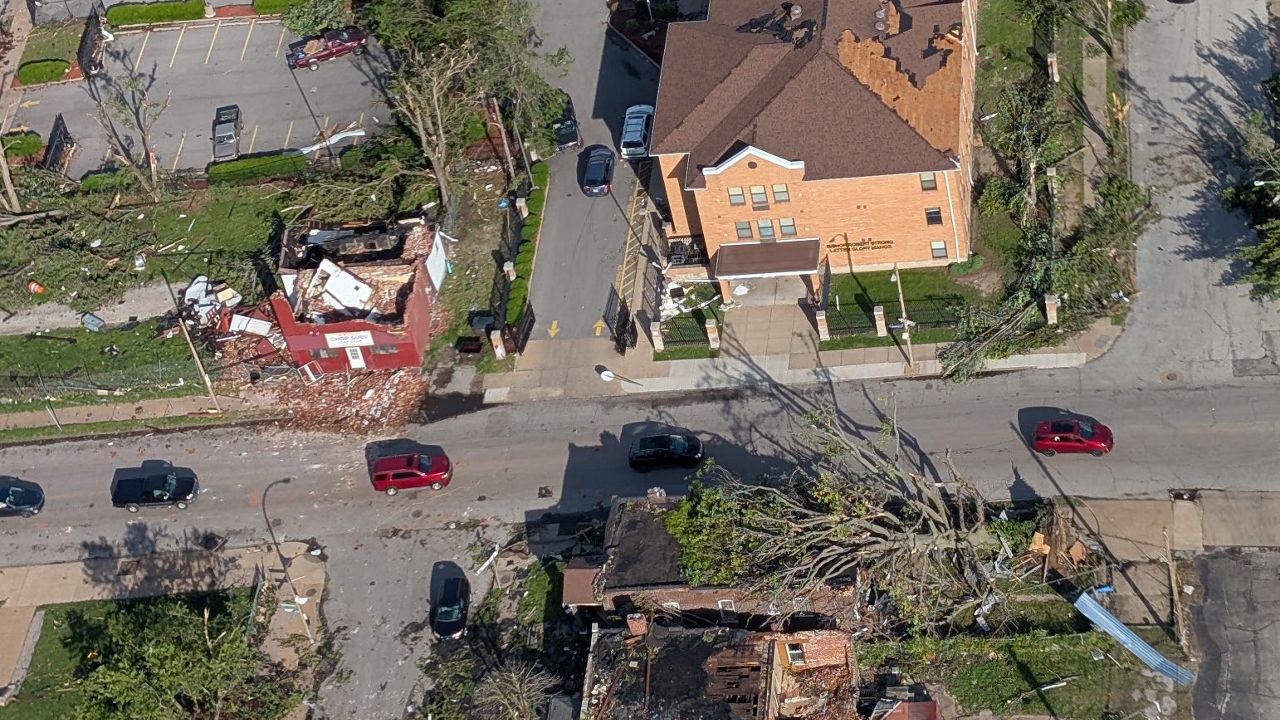The weather of 2023 overall was not much for the record books. However, certain events led to notes for the archives.
Let’s revisit this somewhat interesting year month by month to see what was notable.
We came off the third straight year of a La Niña climate pattern and transitioned to an El Niño by year’s end.
In the Midwest, climate patterns have little impact on the area. Some years we’ve seen massive snow events and extreme cold during a La Niña, while other years, the snow was lacking and temperatures were well above average, like this year.
Although winter began in 2022, the season concluded in 2023. Jan. 25 saw 1.8 inches and that was the most amount of snow accumulated in the entire year. Overall, the season totaled only 5.4 inches.
The snow on Jan. 25 was the most interesting thing of the month. Little snow would fall throughout the rest of the year.

Climatologically, January is the coldest month of the year, but this year, January began warm, with the first three days seeing temperatures climb into the 60s and 70s. A record was set on Jan. 3 with a high of 72 degrees.
This was a much-needed reprieve from the cold that blanketed the region at the end of the year.
Snow lovers were disappointed when February did not deliver on snow. 4.3 inches is the average snowfall during the month, and 2023 saw only a trace of snow in total when a few flakes fell on Feb. 16–17.
The month overall was another warm one. We had many days in the 50s and even 70s. The warmest day was Feb. 22, when the mercury climbed to 73.
March may not have seen the snow, considering only a trace was recorded, but precipitation finally fell, giving us over five inches for the month. This was some beneficial rainfall for the growing season.
As for temperatures, typical of what you would expect for this transitional season. The warmest day was on the last day of the month, with the mercury climbing to 79 degrees.
Coming off the surplus of rain from March, the hope was for some of those April showers. However, this year, it only rained more than a trace during the month six times, putting an end to the surplus from March. Storms on April 15 produced heavy rain and hail in parts of the metro.
May came in hot this year. On May 7, the mercury reached a record high of 93 degrees and had some questioning if we were skipping spring and going straight to summer.
While there wasn’t much rain overall, Mother’s Day weekend provided some big storms. Wind and hail occurred across much of the metro.
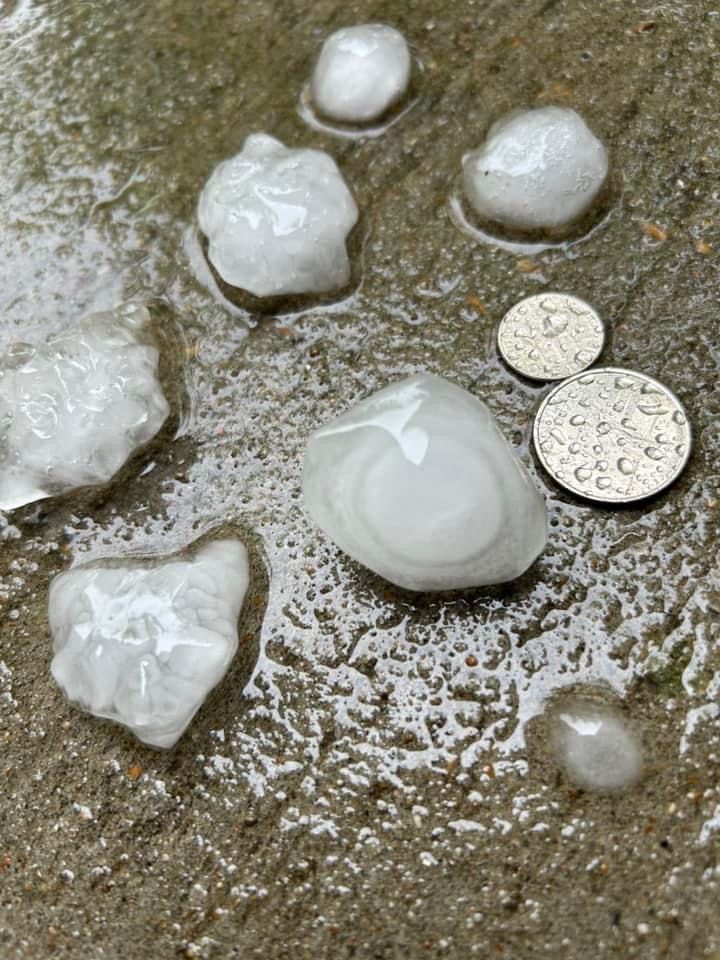
The most noticeable event of June was the heat. 14/30 days saw temperatures at least 90 degrees or higher.
Extreme heat and lack of rain during the spring had one strawberry farm only open for one day for "You Pick" strawberries this year.
This month came in with severe weather. Storms on the first weekend of the month uprooted and toppled trees. Unfortunately, one death was reported when a woman took refuge from the storm in her car and a tree crashed on top of it.
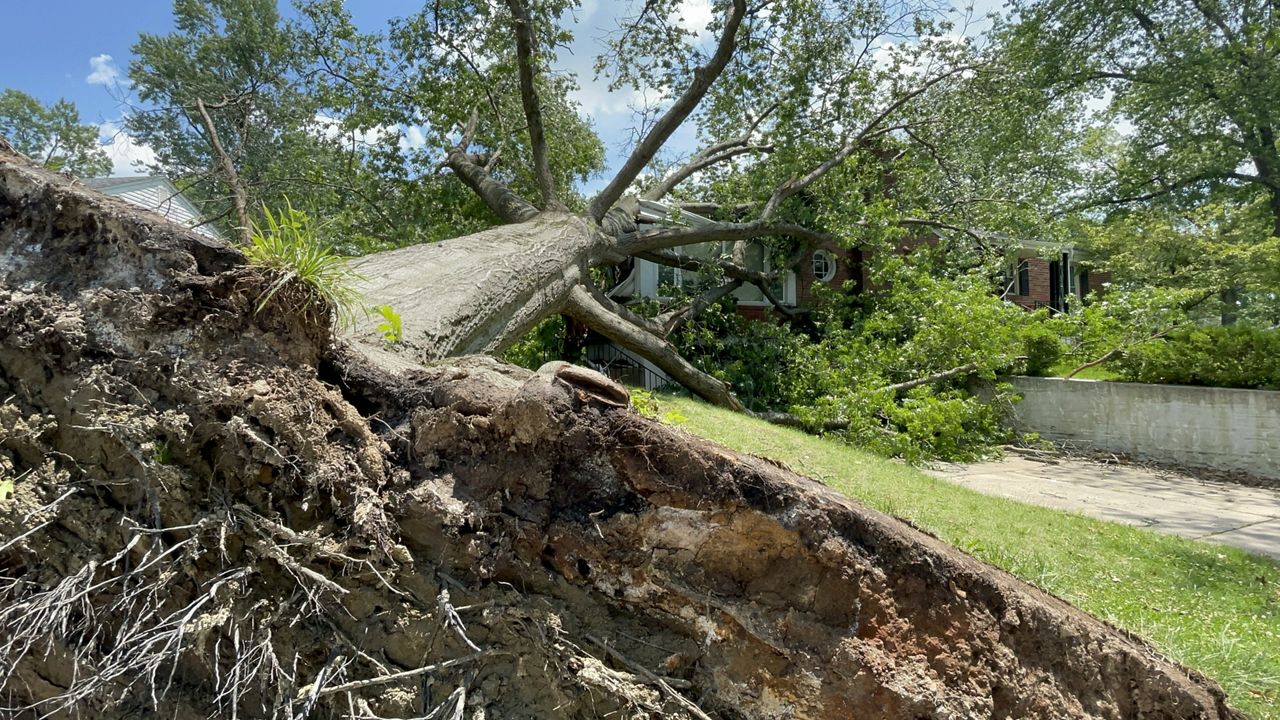
Temperature-wise, it was hot, even for July standards. For the first time in 2023, the mercury climbed above 100 degrees on July 27. It hit 101 on July 28.
Those daily highs did not break the record, it was the low temperature on those days that made the record books. 82 and 85 degrees, respectively, were recorded low maxima on those days.
The heat may have been extreme this month, but it was the humidity that made it even worse. Temperatures above 95, and in some cases above 100, combined with dew points in the 80s, produced record heat index values.
Heat indices during Aug. 20–25 reached values between 113 and 116 degrees. This tied the second-longest streak of 110+ heat indices for the St. Louis area with six days.
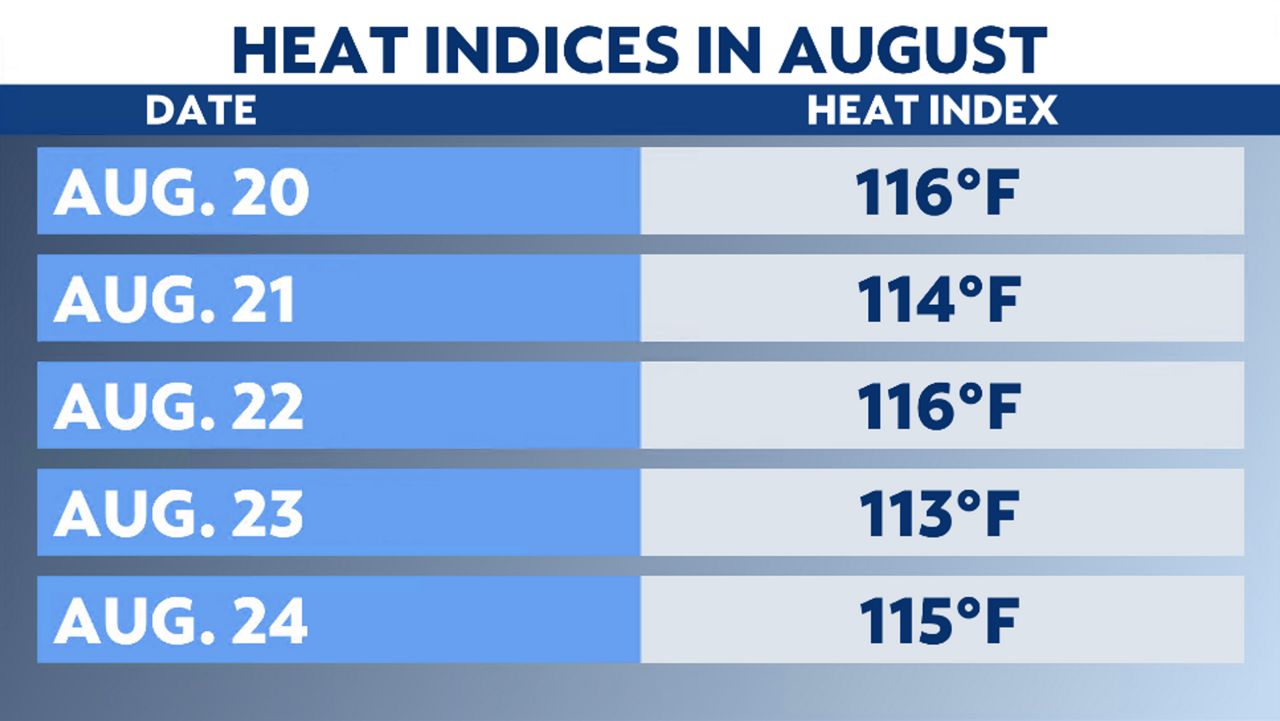
This month may be noticeable for what it was lacking, good rain. The drought ramped up during September and, with the fall months typically much drier overall, this did not bode well for the rest of the year.
October was another dry and warm month that had us questioning what season it was and if it would ever rain again. Halloween was a reminder that it was fall with temperatures staying in the 40s during the day and dropping through the 30s for trick-or-treating.
After several dry months, the drought was getting bad again around the metro. We went from abnormally dry during late summer to moderate drought.
A dry streak began on Halloween and lasted until 0.01 inch of rain fell on Nov. 17. We had 17 days with no measurable rain. The month ended with less than an inch of rain in total.
Most days in December were above average, but not by much. Christmas Eve had people celebrating in shorts and short sleeves with temperatures in the upper 60s. Rain fell on Christmas Day, but with temperatures topping 60 degrees, it was a warm and wet holiday.
Snowflakes finally began flying on Dec. 27, and although it was wet snow that melted on the roads and only provided a dusting on the grassy areas, it was a welcome relief to snow lovers. Going over 335 days without real flakes had those in St. Louis wondering if this would be another year without snow.
The biggest event to take away from this year is the drought. Ending the year with over eight inches in deficit is not a good way to begin a new year. Drought conditions have worsened to moderate and severe categories.
As we continue transitioning to El Niño, let’s hope the climate pattern has some rain and even snow for us folks in the Midwest come 2024.
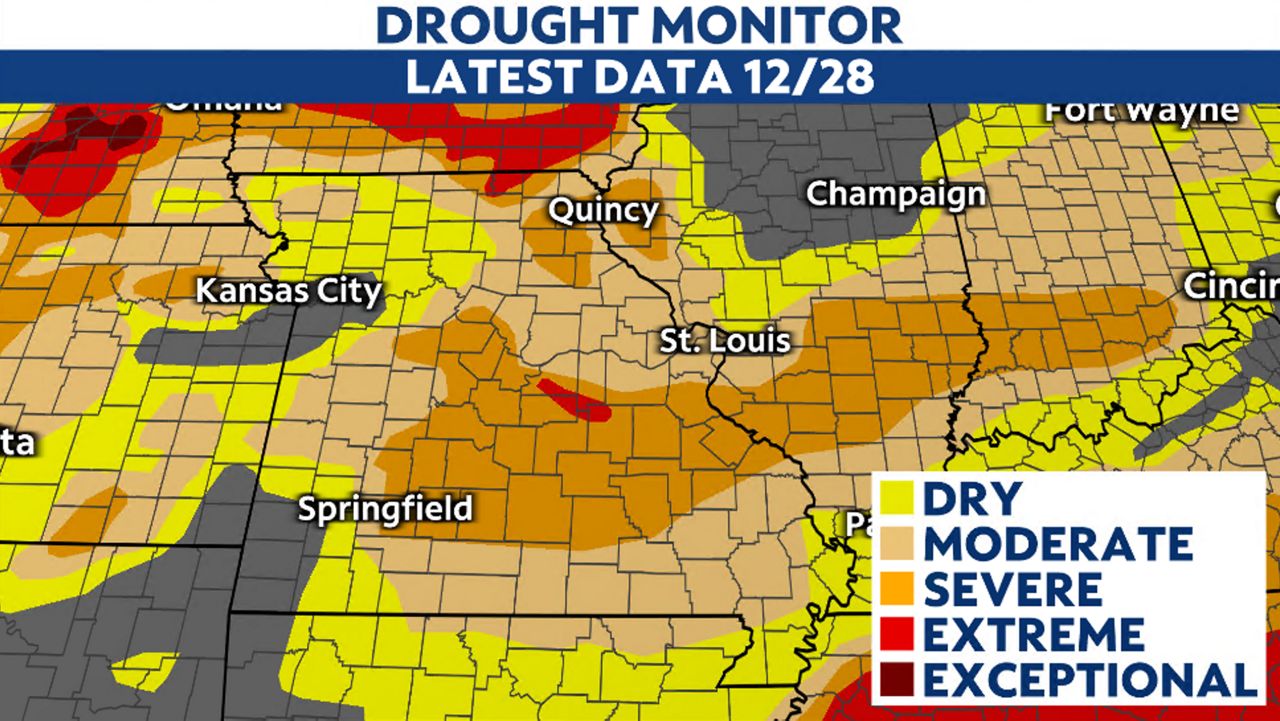
Our team of meteorologists dives deep into the science of weather and breaks down timely weather data and information. To view more weather and climate stories, check out our weather blogs section.





